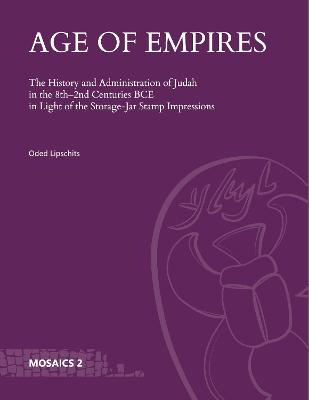Storage jars of many shapes and sizes were in widespread use in the ancient world, transporting and storing agricultural products such as wine and oil, crucial to agriculture, economy, trade and subsistence. From the late 8th to the 2nd century BCE, the oval storage jars typical of Judah were often stamped or otherwise marked: in the late 8th and early 7th century BCE with lmlk stamp impressions, later in the 7th century with concentric circle incisions or rosette stamp impressions, in the 6th century, after the fall of Jerusalem, with lion stamp impressions, and in the Persian, Ptolemaic and Seleucid periods (late 6th-late 2nd centuries BCE) with yhwd stamp impressions. At the same time, several ad hoc systems of stamp impressions appeared: "private" stamp impressions were used on the eve of Sennacherib's campaign, mwsh stamp impressions after the destruction of Jerusalem, and yrslm impressions after the establishment of the Hasmonean state. While administrative systems that stamped storage jars are known elsewhere in the ancient Near East, the phenomenon in Judah is unparalleled in its scale, variety and continuity, spanning a period of some 600 years without interruption.
This is the first attempt to consider the phenomenon as a whole and to develop a unified theory that would explain the function of these stamp impressions and shed new light on the history of Judah during six centuries of subjugation to the empires that ruled the region-as a vassal kingdom in the age of the Assyrian, Egyptian, and Babylonian empires and as a province under successive Babylonian, Persian, Ptolemaic, and Seleucid rule.
- ISBN10 1646021606
- ISBN13 9781646021604
- Publish Date 28 July 2021
- Publish Status Active
- Publish Country US
- Imprint Eisenbrauns
- Format Hardcover
- Pages 250
- Language English
